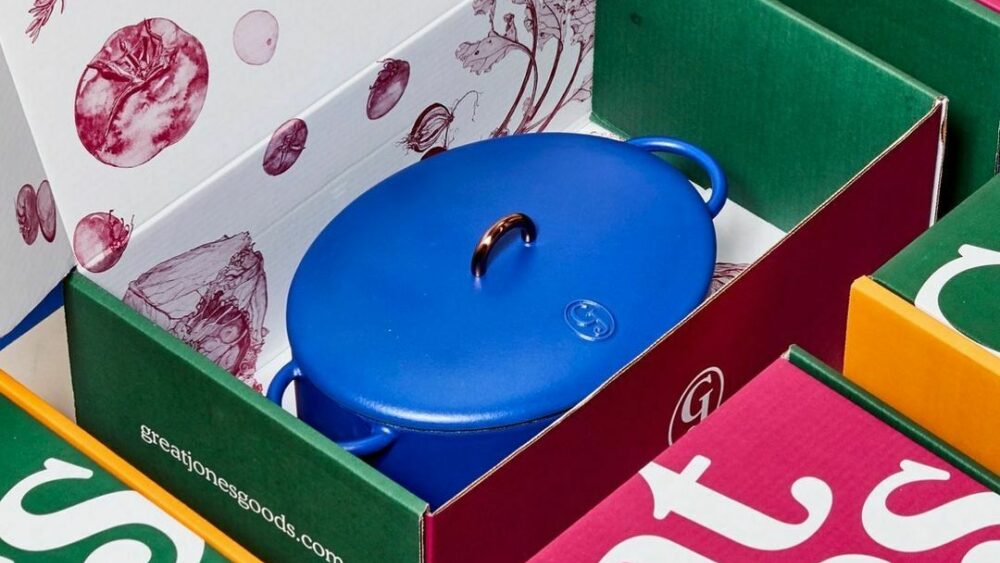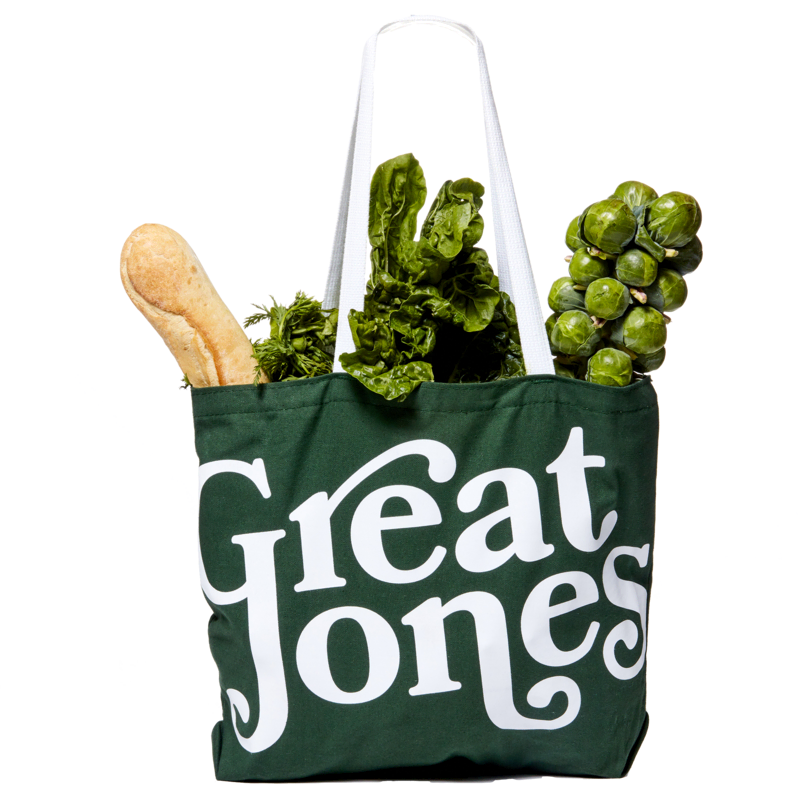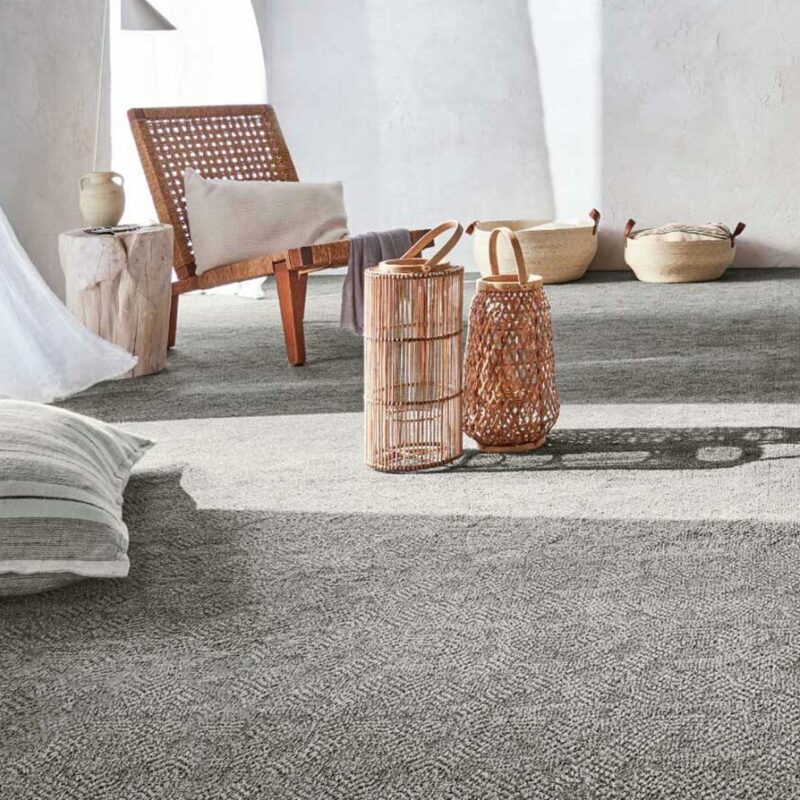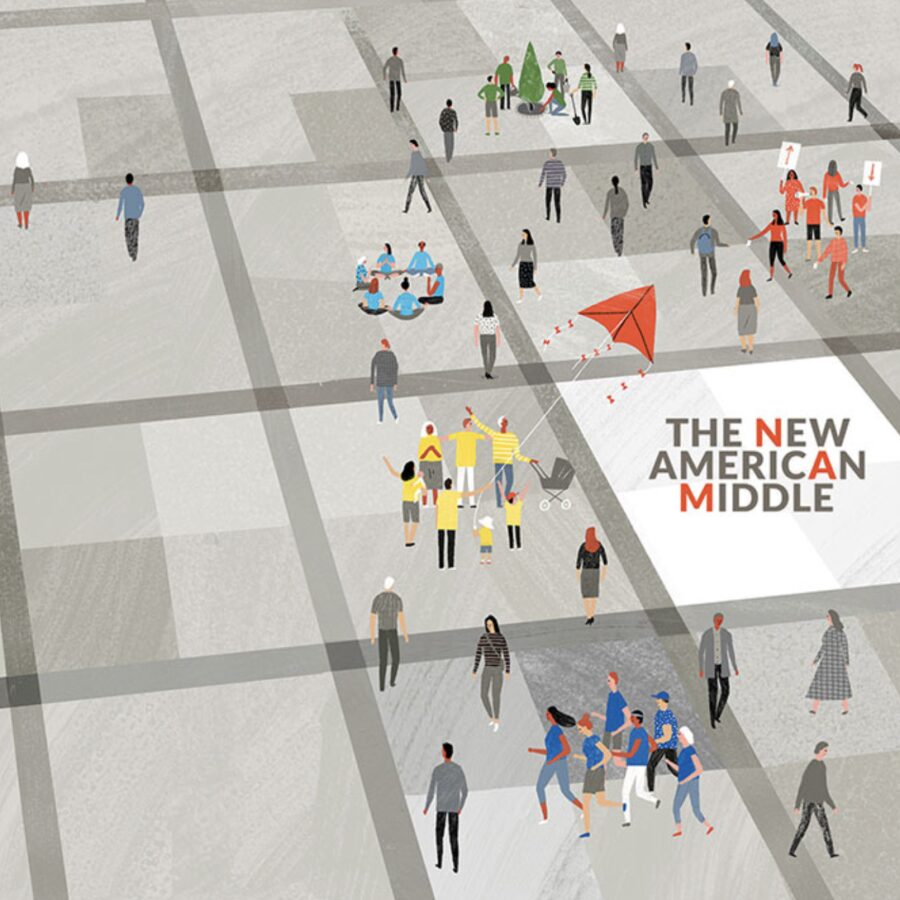Support Social Causes That align with your customer values
The NAM loves a good cause, but this is an area where some brands get themselves in trouble, especially if the cause goes against the grain of what their customers believe in. The NAM is quick to punish a brand whose values are misaligned with their own.
Over the last 10 to 15 years, boycotts have exploded in popularity, and the anti-Trump #GrabYourWallet campaign alone put almost 50 companies with ties to the president in activists’ sights. A 2020 Lending Tree survey found that 38% of Americans were taking part in a boycott of at least one company, compared to only 26% the previous year.
Last year was particularly volatile with outcries over brands’ responses to the pandemic and the Black Lives Matter movement, two issues that have made consumers re-evaluate the types of businesses they buy from. This re-evaluation cuts along cultural lines, with almost the same number of people surveyed choosing to support and boycott businesses that publicly backed Black Lives Matter.
But as we addressed in an earlier blog on building brand loyalty, addressing social justice issues isn’t enough. According to a survey by Forrester, 68% of consumers say a company’s reputation for social responsibility impacts their purchasing decisions, while 41% of consumers say they want to buy from a company that shares their social, environmental, and political values. Learning what exactly these values are, and which values are the biggest drivers of purchasing, is key for brands like Great Jones to earn loyalty from their consumers.
HOW BMDG CAN HELP YOU FIND THE RIGHT MIX OF VALUES AND PERSONALITY FOR YOUR BRAND
At Britton Marketing & Design Group, our passion is helping clients develop values-driven brands and refine their personality through emotionally resonant creative. We also understand how to strategically and effectively deliver that creative to audiences across a multitude of platforms and channels.
With over a decade of experience with home goods and fashion brands, we can help you find what makes your audience tick, especially the New American Middle.
Through the years, we have worked with brands such as Dutch Boy, Pyrex, and Hunter Douglas to refine their brand identity, reach new audiences, and design campaigns that make an impact.
This past year and a half has presented us all with challenges both politically and socially, and we have been devoted to helping our clients find new ways to get through it all with innovative e-commerce and other creative solutions.
Whatever challenges your brand may be facing as we crawl our way out of the pandemic, BMDG is here for you. With our understanding of the New American Middle, and our expert creative and strategy teams, we can help your brand reach new audiences and create a story that resonates with their values. Let’s talk!
And The Story Continues...
After publishing this content, BMDG was made aware that Great Jones had received some bad press in 2020 concerning the fallout between founders Tishgart and Moelis.
A year later, Great Jones said it's doing better than ever. People close to the company paint what happened as an unfortunate but common start-up growing pain—about 45% of start-up founders break up within four years of launch.
The fallout did not come without a heap of brand-crushing banter, however. Critics were calling the two women “entitled rich kids“ and some even attacked their cookware as “cheap and flimsy“ while pointing out that none of it was US- made.
It’s a harsh reminder that no matter how diligent you are in building your brand, situations can pivot in an instant. As we always do, we will keep an eye out for how this brand attempts to rebound and garner any lessons learned that can help us navigate future situations for our own clients.
Images: Instagram, greatjonesgoods.com







